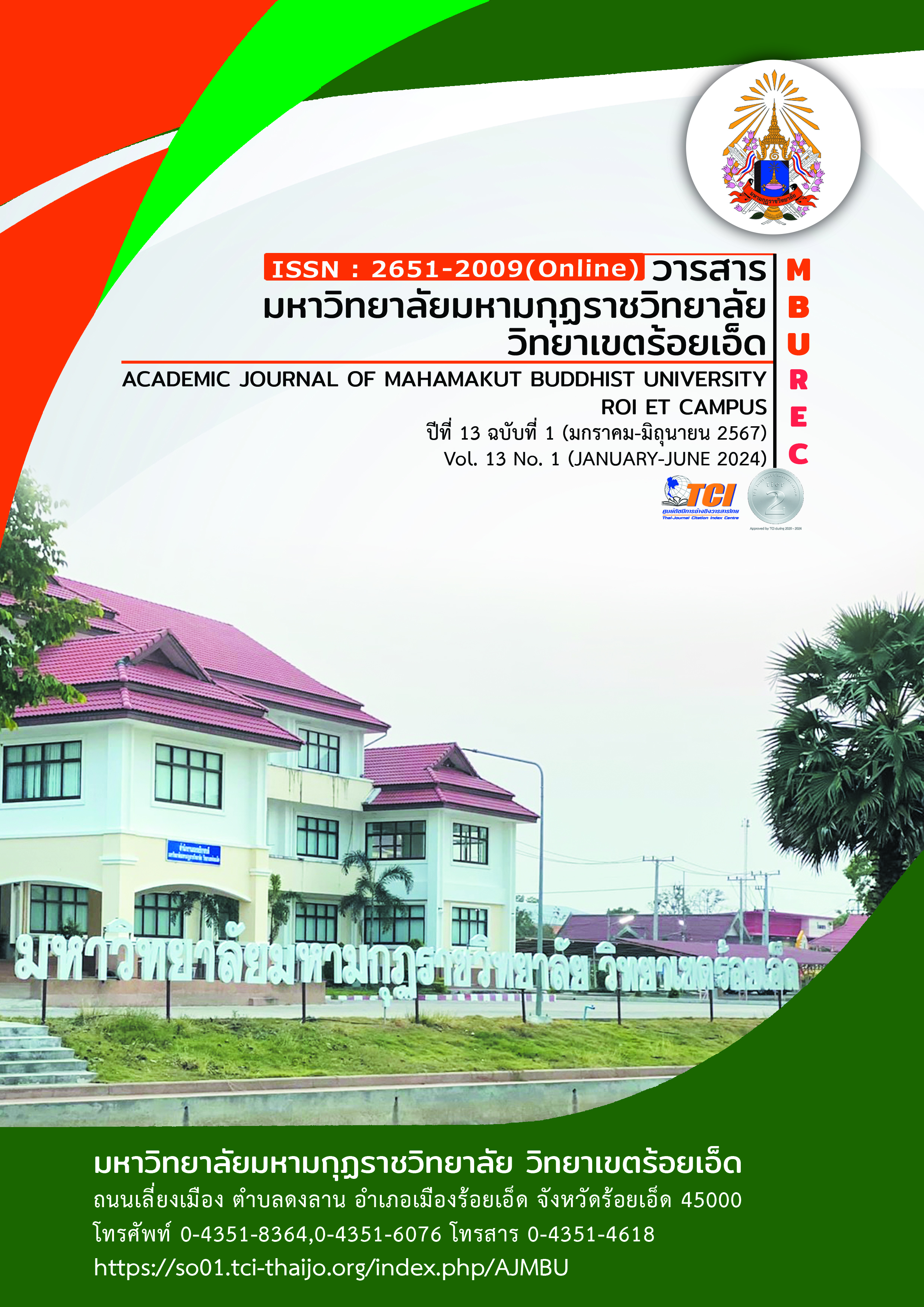SUSTAINABLE SMART FARMING MODEL IN URBAN COMMUNITY
Main Article Content
Abstract
This research aims to examine the activities of Smart Farming in urban communities in production and marketing systems, product management and marketing awareness of product quality consumer safety, social and environmental responsibility, pride in being a farmer and presents a model to drive sustainable Smart Farming for urban communities. This study was qualitative research using the CIPP-I systematic evaluation concept. Data were collected by in-depth interviews with Smart Farming entrepreneurs, 10 case studies, by considering the qualifications of Smart Farming according to the criteria of Ministry of Agriculture and Cooperatives (2018). Data were analyzed by content and factor analysis.
The findings revealed that smart farming models in urban communities would help promote a circular economy, innovation and follow-up to manage product and material circulation in the system to reduce the occurrence of waste produce more using less energy resources and encourage each farmer to collect appropriate environmental management data on the farm. Lessons learned from the case study, it was found that the model for driving sustainable Smart Farming for urban communities consists of context, policy, economy, environment. In terms of inputs, personnel should develop their knowledge on the advancement of smart agriculture. In terms of budget, groups should be gathered to request funding from the government. Equipment should focus on the use of IOT (Internet of Thing) equipment. Smart Farming awareness should find more information online, awareness of product quality. There must be collaboration to produce standardized products. Production processes should be planned in accordance with market demands. Choose the technology that is suitable for the environment. Monitoring and Evaluation and the improvement aims to be farmers who are ready in terms of productivity, in terms of income, focusing on marketing and online marketing. Technology should be used to help increase productivity and impact Social and environmental responsibility should include sustainable production processes focusing on producing quality products. Sustainability from 6 characteristics of smart agriculture, Technology should be used that is appropriate. The environment has to adjust more according to the weather emphasized on safe farming (Good Agriculture Practices: GAP) and circular economy must be aware of the value of things around.
Article Details

This work is licensed under a Creative Commons Attribution-NonCommercial-NoDerivatives 4.0 International License.
References
กระทรวงเกษตรและสหกรณ์. (2565). คู่มือการเพาะปลูกพืชตามหลัก GAP.กรุงเทพมหานคร : สำนักส่งเสริมวิชาการเกษตร กรมวิชาการเกษตร กระทรวงเกษตรและสหกรณ์.
กระทรวงเกษตรและสหกรณ์. (2560). ยุทธศาสตร์ ยุทธศาสตร์เกษตรและสหกรณ์ ระยะ 20 ปี (พ.ศ. 2560 - 2579). กรุงเทพมหานคร : กระทรวงเกษตรและสหกรณ์.
กระทรวงเกษตรและสหกรณ์. (2561). คุณสมบัติเกษตรอัจฉริยะ. กรุงเทพมหานคร : สำนักวิชาการเกษตร.
กระทรวงเกษตรและสหกรณ์. (2565). รายงานข้อมูลสำคัญกระทรวงเกษตรและสหกรณ์. กรุงเทพมหานคร : สำนักงานปลัดกระทรวงเกษตรและสหกรณ์.
ศุภลักษณ์ ทองจีน. (2558). การเรียนรู้ของเกษตรกร. กรุงเทพมหานคร : มหาวิทยาลัยเกษตรศาสตร์.
Achinee Polsawat, Apirat Siritaratiwat. (2021). Automatic Scratch Detector for Magnetic Disk. Engineering Access. 7(2). 89–92.
Stufflebeam, D. L. (1971). The Relevance of the CIPP Evaluation Model for Educational Accountability. Journal of Research and Development in Education. 5. 19-25.


